In the realm of healthcare and technology, artificial intelligence (AI) has paved the way for groundbreaking advancements, particularly in the development of prosthetics and exoskeletons. Let’s explore some notable AI-powered innovations that are transforming mobility for individuals with limb differences and mobility challenges.
1. Bebionic Hand
The Bebionic Hand is a marvel of engineering, integrating a small motor and sensors to create a prosthetic hand with remarkable functionality. Users experience a new level of control, being able to grasp objects, open doors, and even type on a keyboard. The infusion of AI enhances the hand’s capabilities, offering users a more natural and intuitive prosthetic experience.
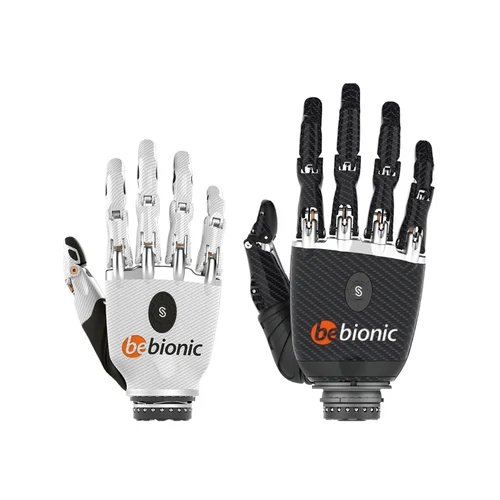
2. iLimb
Renowned for its lifelike appearance and sophisticated capabilities, the iLimb stands as another remarkable AI-powered prosthetic hand. Its intricate design allows for complex movements, mirroring the natural motions of a human hand. The result is a prosthetic limb that not only functions seamlessly but also closely resembles the aesthetics of a biological hand.
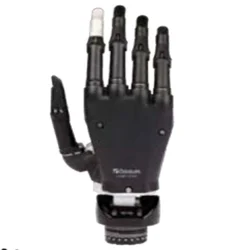
3. ReWalk
The ReWalk exoskeleton takes a giant leap in restoring mobility to individuals with spinal cord injuries. This AI-powered exoskeleton, driven by a battery-operated motor and sensors, empowers users to walk again. What sets the ReWalk apart is its ability to interpret the user’s thoughts, providing an unprecedented level of control over mobility and contributing to a significant enhancement in overall quality of life.
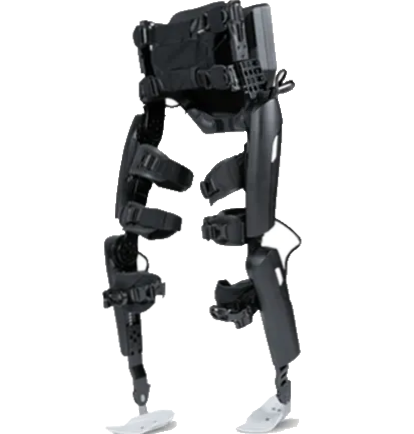
4. Ekso
Similar to the ReWalk, the Ekso exoskeleton addresses the mobility needs of individuals with spinal cord injuries. What distinguishes Ekso is its compact and lighter design. Powered by AI-driven technology, this exoskeleton provides crucial support, enabling smoother and more natural movements. It represents a transformative solution for those facing mobility challenges.
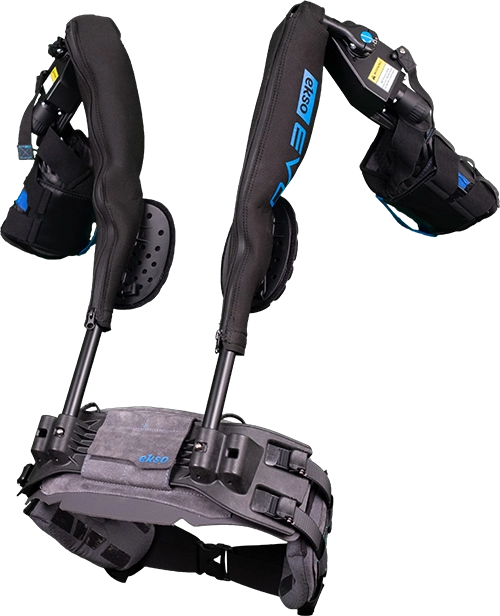
5. Indego
Tailored specifically for individuals with Parkinson’s disease, the Indego exoskeleton offers invaluable support and stability. Adjustable to individual needs, it assists users in walking, showcasing the potential of AI to address unique medical conditions and significantly improve overall quality of life for those with movement disorders.
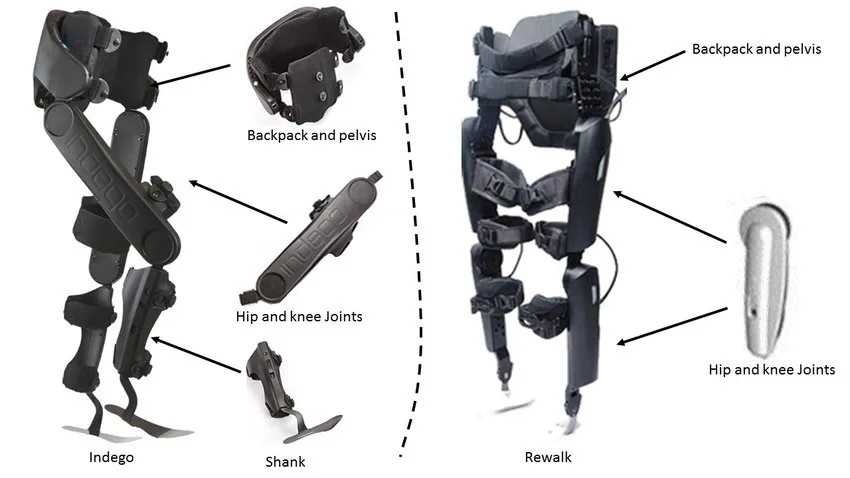
6. HAL (Hybrid Assistive Limb)
The Hybrid Assistive Limb, or HAL, is an exoskeleton designed to assist individuals with various disabilities, including muscle weakness and paralysis. By leveraging AI technology, HAL responds to the user’s movements, providing the necessary support and augmentation to enhance mobility. This represents a powerful fusion of technology and healthcare, offering a promising avenue for individuals facing mobility challenges.
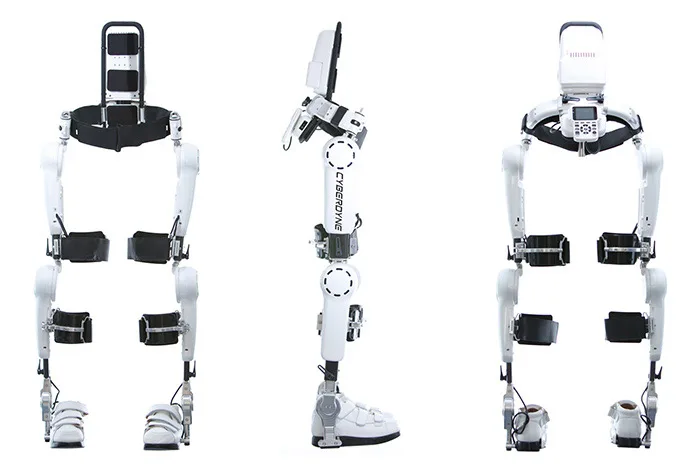
Finally, these AI-powered prostheses and exoskeletons are changing the landscape of healthcare and technology. As AI advances, the future holds the possibility of far more sophisticated and accessible solutions, substantially improving the lives of those with mobility issues. The incorporation of AI is undeniably a driving force, leading us towards a future in which technology and compassion meet to generate novel solutions for the welfare of humanity.

